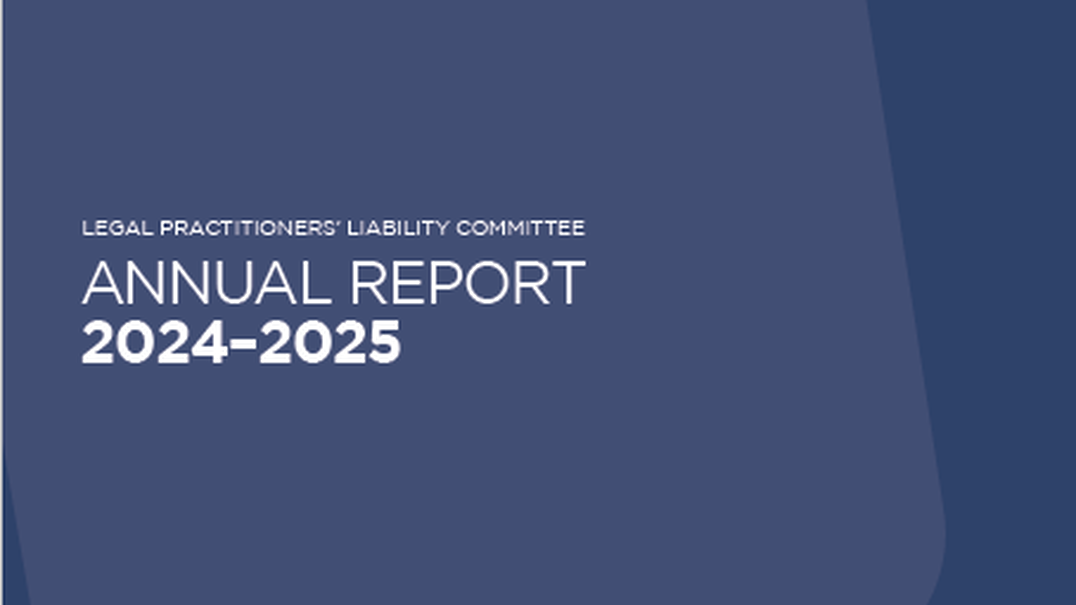Always first confirm the currency in which money is to be sent before transferring funds overseas
LPLC has seen complaints or claims made against solicitors where client money is transferred internationally to a bank account in the wrong currency.
Typically in these situations, the client will provide instructions to the solicitor to transfer the money to a bank account held overseas. Often this occurs in the context of paying the proceeds of sale of a property or business, or the settlement of litigation, or when distributing a deceased estate. The client will give bank account details for the transfer, but not provide instructions about the currency to be remitted, for example, whether the funds should be sent in Australian dollars, or converted from Australian dollars to the local currency of the country where the bank account is located.
In this scenario, the solicitor proceeds — without prior notification or warning — to arrange for the transfer of funds using a bank or third-party foreign exchange provider, and the money is converted from Australian dollars to the foreign currency of the recipient bank account. Afterwards the client contends that they instead wanted the money transferred in Australian dollars.
Even small fluctuations in exchange rates between different currencies can lead to substantial losses to the client when those funds are re-converted back to Australian dollars in accordance with their preference. Complaints and claims have arisen when clients have looked to recover from the practitioner, the shortfall arising from the exchange rate spread, along with associated transaction costs.
While it is common practice for Australian currency to be converted to foreign currency when transferring funds overseas, practitioners should never assume that that this is the client’s preference.
Solicitors acting in conveyancing transactions may be aware that PEXA has partnered with a third-party foreign exchange specialist to transfer sale proceeds internationally using the PEXA platform. PEXA’s help centre guidance on its website notes that ‘you cannot transfer $AUD to $AUD’ through the platform. Accordingly, solicitors making international money transfers in the context of property settlements where funds must be remitted in AUD, will need to make alternative arrangements for the transfer.
To avoid disputes, it is prudent to first clarify the client’s instructions in writing on whether the currency is to be converted, or to be remitted in Australian dollars, before completing the transaction.
When arranging international money transfers, also ensure that clear written instructions are provided to the bank or money transfer service specifying the currency for the transfer.
If it is necessary to convert Australian dollars to a foreign currency, be cognisant that currency exchange rates can change daily. This means that the timing of the money transfer, including any delay in payment, may directly impact the amount received in foreign currency.
Exchange rates, transfer fees and commissions offered by different banks and money transfer service providers can also vary significantly.
To avoid complaints or disputes, it is good practice to provide the client with a clear written warning that your law practice does not provide any financial advice on currency conversion or on the amount to be received in foreign currency. The client may wish to make their own enquiries before providing you with instructions to complete the transaction.
Clarify with the client the service provider proposed to conduct the transaction and ask the client to confirm their instructions in writing before the payment is made.
Tips
| When transferring money overseas, always first obtain instructions in writing from the client about the currency in which the money is to be sent. | ||
| Give clear written instructions to the bank or money transfer service specifying the currency for the transfer. | ||
| If currency is to be converted, be clear with the client that you do not provide financial advice on currency conversion. |
An edited version of this article was published in the Law Institute Journal, published by the Law Institute of Victoria



